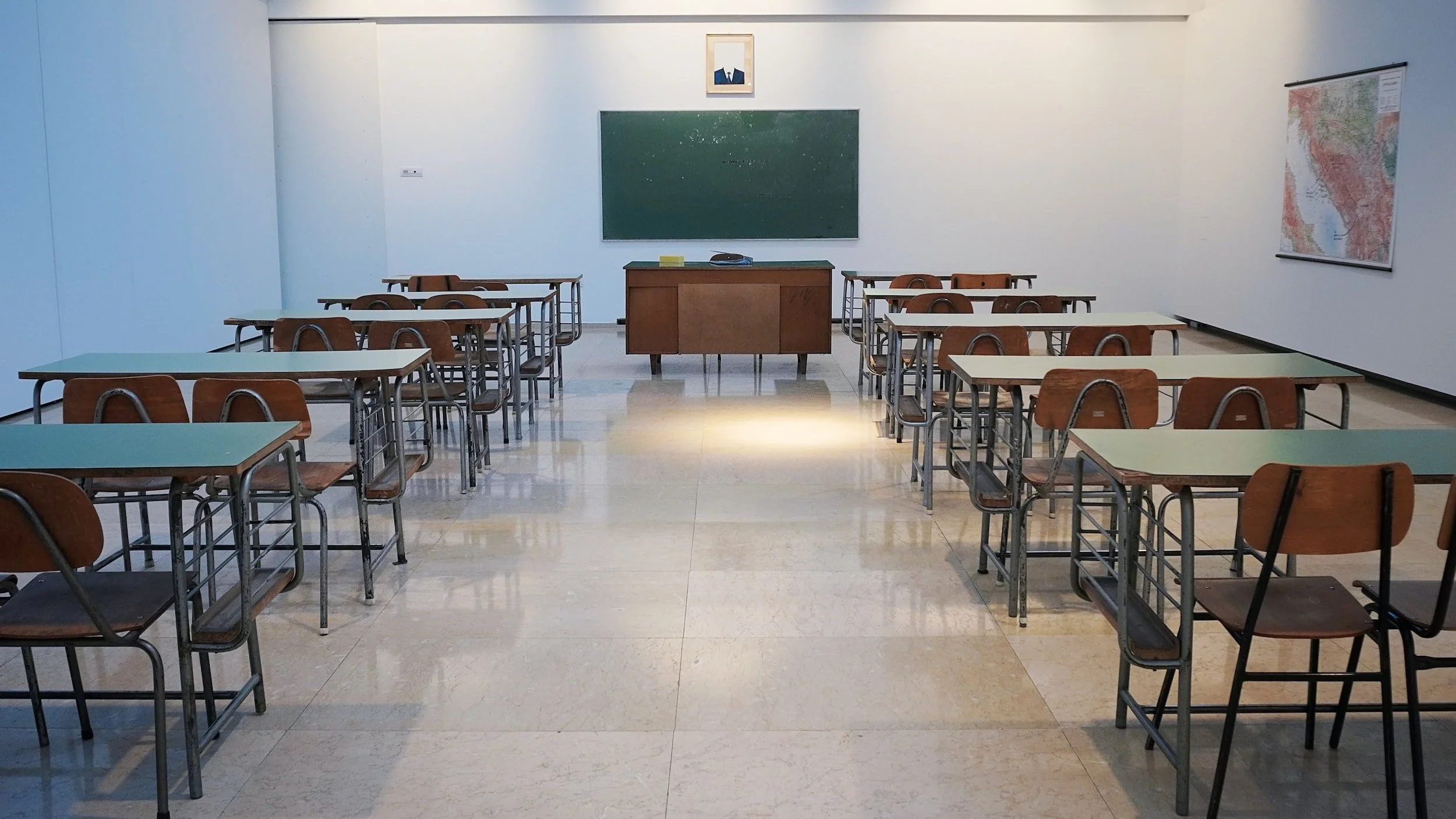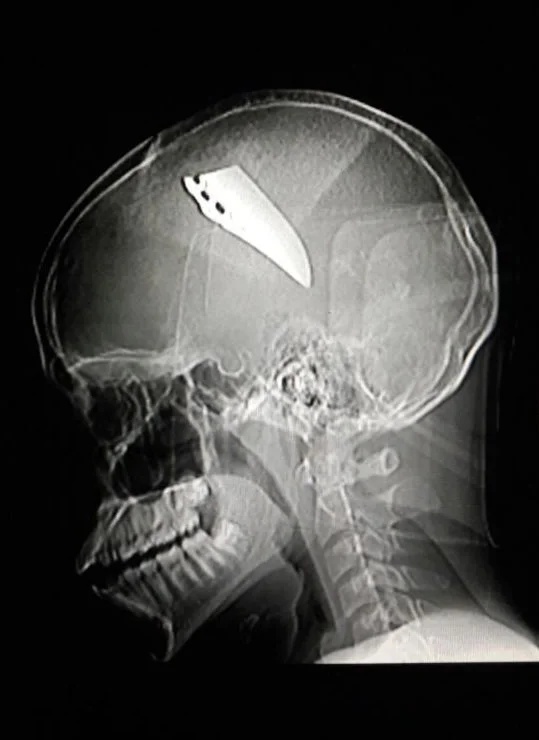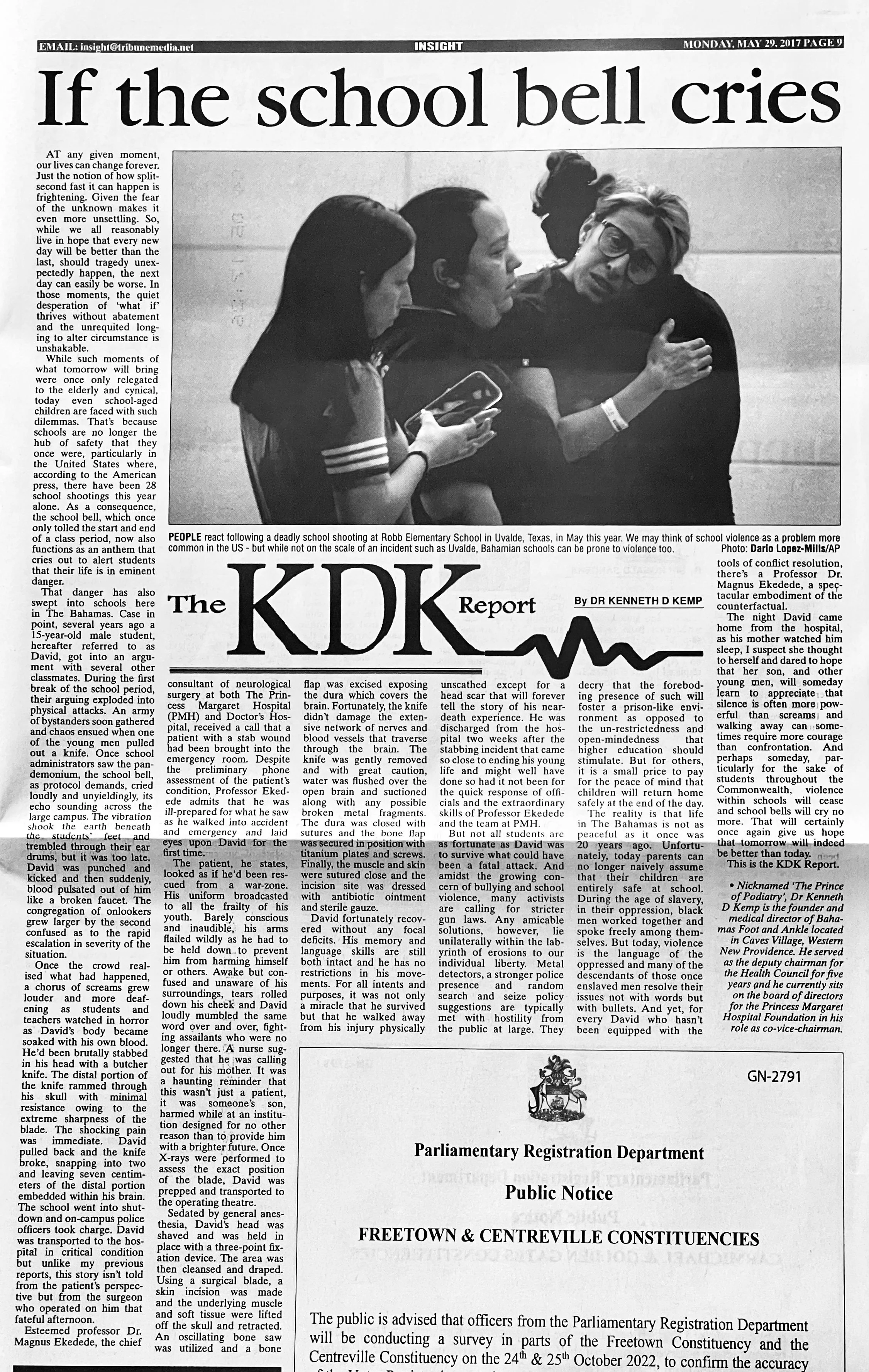Vol 51: If the school bell cries
At any given moment, our lives can change forever. Just the notion of how split-second fast it can happen is frightening. Given the fear of the unknown makes it even more unsettling. So, while we all reasonably live in hope that every new day will be better than the last, should tragedy unexpectedly happen, the next day can easily be worse. In those moments, the quiet desperation of ‘what if’ thrives without abatement and the unrequited longing to alter circumstance is unshakeable.
While such moments of what tomorrow will bring were once only relegated to the elderly and cynical, today even school-aged children are faced with such dilemmas. That’s because schools are no longer the hub of safety that they once were, particularly in the United States where, according to the American press, there have been 28 school shootings this year alone. As a consequence, the school bell, which once only tolled the start and end of a class period, now also functions as an anthem that cries out to alert students that their life is in eminent danger.
That danger has also swept into schools here in The Bahamas. Case in point, several years ago a 15-year-old male student, hereafter referred to as David, got into an argument with several other classmates. During the first break of the school period, their arguing exploded into physical attacks. An army of bystanders soon gathered and chaos ensued when one of the young men pulled out a knife.
Once school administrators saw the pandemonium, the school bell, as protocol demands, cried loudly and unyieldingly, its echo sounding across the large campus. The vibration shook the earth beneath the students’ feet and trembled through their ear drums, but it was too late. David was punched and kicked and then suddenly, blood pulsated out of him like a broken faucet. The congregation of onlookers grew larger by the second confused as to the rapid escalation in severity of the situation.
Once the crowd realized what had happened, a chorus of screams grew louder and more deafening as students and teachers watched in horror as David’s body became soaked with his own blood. He’d been brutally stabbed in his head with a butcher knife. The distal portion of the knife rammed through his skull with minimal resistance owing to the extreme sharpness of the blade. The shocking pain was immediate.
David pulled back and the knife broke, snapping into two and leaving seven centimeters of the distal portion embedded within his brain. The school went into shutdown and on-campus police officers took charge. David was transported to the hospital in critical condition but unlike my previous reports, this story isn’t told from the patient’s perspective but from the surgeon who operated on him that fateful afternoon.
Esteemed professor Dr. Magnus Ekedede, the chief consultant of neurological surgery at both The Princess Margaret Hospital (PMH) and Doctor’s Hospital, received a call that a patient with a stab wound had been brought into the emergency room. Despite the preliminary phone assessment of the patient’s condition, Professor Ekedede admits that he was ill-prepared for what he saw as he walked into accident and emergency and laid eyes upon David for the first time.
The patient, he states, looked as if he’d been rescued from a war-zone. His uniform broadcasted to all the frailty of his youth. Barely conscious and inaudible, his arms flailed wildly as he had to be held down to prevent him from harming himself or others. Awake but confused and unaware of his surroundings, tears rolled down his cheek and David loudly mumbled the same word over and over, fighting assailants who were no longer there. A nurse suggested that he was calling out for his mother.
It was a haunting reminder that this wasn’t just a patient, it was someone’s son, harmed while at an institution designed for no other reason than to provide him with a brighter future. Once X-rays were performed to assess the exact position of the blade, David was prepped and transported to the operating theater.
Sedated by general anesthesia, David’s head was shaved and was held in place with a three-point fixation device. The area was then cleansed and draped. Using a surgical blade, a skin incision was made and the underlying muscle and soft tissue were lifted off the skull and retracted. An oscillating bone saw was utilized and a bone flap was excised exposing the dura which covers the brain.
Fortunately, the knife didn’t damage the extensive network of nerves and blood vessels that traverse through the brain. The knife was gently removed and with great caution, water was flushed over the open brain and suctioned along with any possible broken metal fragments. The dura was closed with sutures and the bone flap was secured in position with titanium plates and screws. Finally, the muscle and skin were sutured close and the incision site was dressed with antibiotic ointment and sterile gauze.
David recovered without any focal deficits. His memory and language skills are still both intact and he has no restrictions in his movements. For all intents and purposes, it was not only a miracle that he survived but that he walked away from his injury physically unscathed except for a head scar that will forever tell the story of his near-death experience.
He was discharged from the hospital two weeks after the stabbing incident that came so close to ending his young life and might well have done so had it not been for the quick response of officials and the extraordinary skills of Professor Ekedede and the team at PMH.
But not all students are as fortunate as David was to survive what could have been a fatal attack. And amidst the growing concern of bullying and school violence, many activists are calling for stricter gun laws. Any amicable solutions, however, lie unilaterally within the labyrinth of erosions to our individual liberty.
Metal detectors, a stronger police presence and random search and seize policy suggestions are typically met with hostility from the public at large. They decry that the foreboding presence of such will foster a prison-like environment as opposed to the un-restrictedness and open-mindedness that higher education should stimulate. But for others, it is a small price to pay for the peace of mind that children will return home safely at the end of the day.
The reality is that life in The Bahamas is not as peaceful as it once was 20 years ago. Unfortunately, today parents can no longer naively assume that their children are entirely safe at school. During the age of slavery, in their oppression, black men worked together and spoke freely among themselves. But today, violence is the language of the oppressed and many of the descendants of those once enslaved men resolve their issues not with words but with bullets. And yet, for every David who hasn’t been equipped with the tools of conflict resolution, there’s a Professor Dr. Magnus Ekedede, a spectacular embodiment of the counterfactual.
The night David came home from the hospital, as his mother watched him sleep, I suspect she thought to herself and dared to hope that her son, and other young men, will someday learn to appreciate that silence is often more powerful than screams and walking away can sometimes require more courage than confrontation. And perhaps someday, particularly for the sake of students throughout the Commonwealth, violence within schools will cease and school bells will cry no more. That will certainly once again give us hope that tomorrow will indeed be better than today.
This is The KDK Report.






